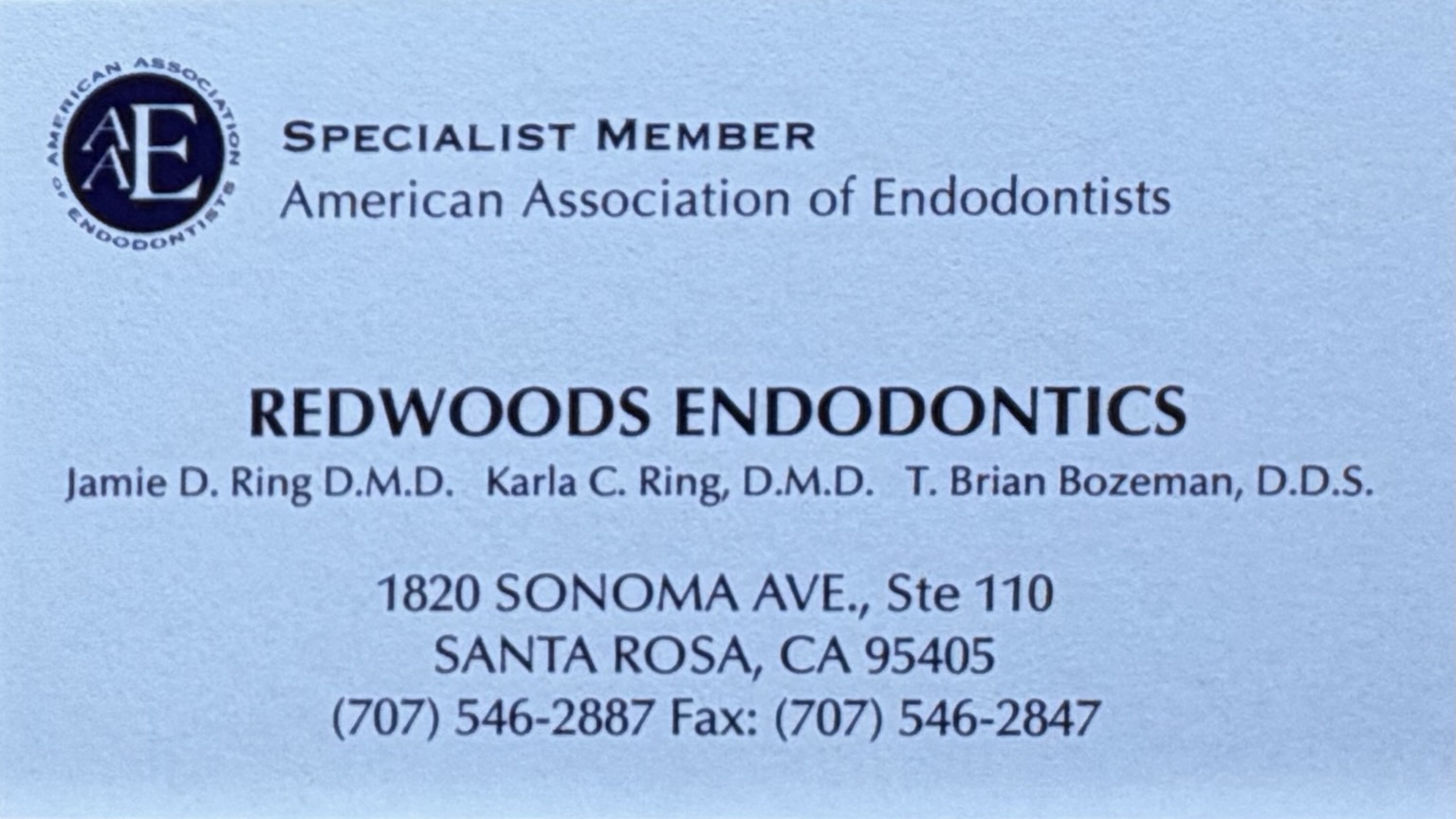Evidence-based dental office inspections show that sterilization is the “Elephant in the Room,” meaning the percentage of cross-contamination due to improperly processed instruments used in treatments is very high!
The key reasons are undereducated, undertrained, and under-experienced staff, followed by management priority of cutting costs over improving patient safety.
The following is a common trend.
Hiring a person with no or little dental background to work in sterilization is an increasing trend. Employment ads for “Sterilization Assistant, no experience necessary will train”, are popping up everywhere.
The concern is the training, the skills the training produces, and the timeline in which the new employee can become proficient at their job so as not to risk patients, staff, and themselves.
There is something to keep in mind: Sterilization Assistant, Sterilization Tech, Sterilization Lead, etc., no matter what fancy title is given, the Dental Board of California classifies the employee as a “Dental Assistant” whether or not they assist chair-side.
So here are a few things the new Dental Assistant must meet,
- Have a BLS Provider CPR Card (issued by the American Heart Association or American Red Cross)
- Be familiar with and adhere to the DA/RDA Table of Permitted Duties.
- Be familiar with and adhere to the Dental Board Infection Control Regulations Title 16, Section 1005.
- Be trained and supervised until he/she demonstrates proficiency to work solo. (A qualified employee can do training and supervision.)
- Be familiar with and adhere to the office policies and procedures regarding patient safety and employee safety.
- Be familiar with and adhere to the office protocols for instrument processing and disinfection of surfaces.
- Be orientated to the office Compliance Manual.
- After 120 days of employment, a 12-month timeline is in effect; before the 12 months expire, he/she will need to take 4 hours of the Dental Practice Act and 8 hours of the Dental Board Infection Control Regulations training.
Depending on the dental background of the new employee, if any, will determine what they will need to supplement the above list. I need to mention that the above is a minimum standard.
There are a lot of concerns regarding non-licensed employees performing clinical duties. I predict there will be new regulations relating to knowledge and skills requirements, maybe even a certification requirement. I also predict new standards will be handed down by malpractice insurance carriers as well as in-network insurance providers, ie Delta Dental, MetLife, etc.
Bottom Line – Any liability to patients, staff, or the new employee themselves because of incompetence will be the responsibility of the practice owner; their license is on the line, along with other concerns.
Sterilization is a RESULT and not just a process!
Patient Safety is the elimination of unnecessary risks to the patient!




